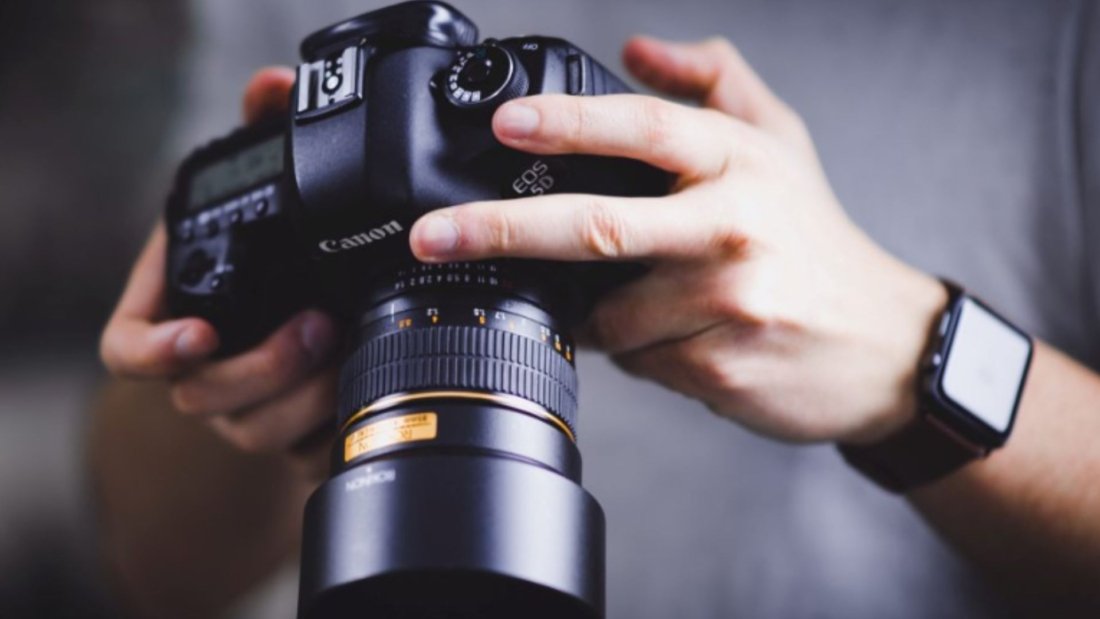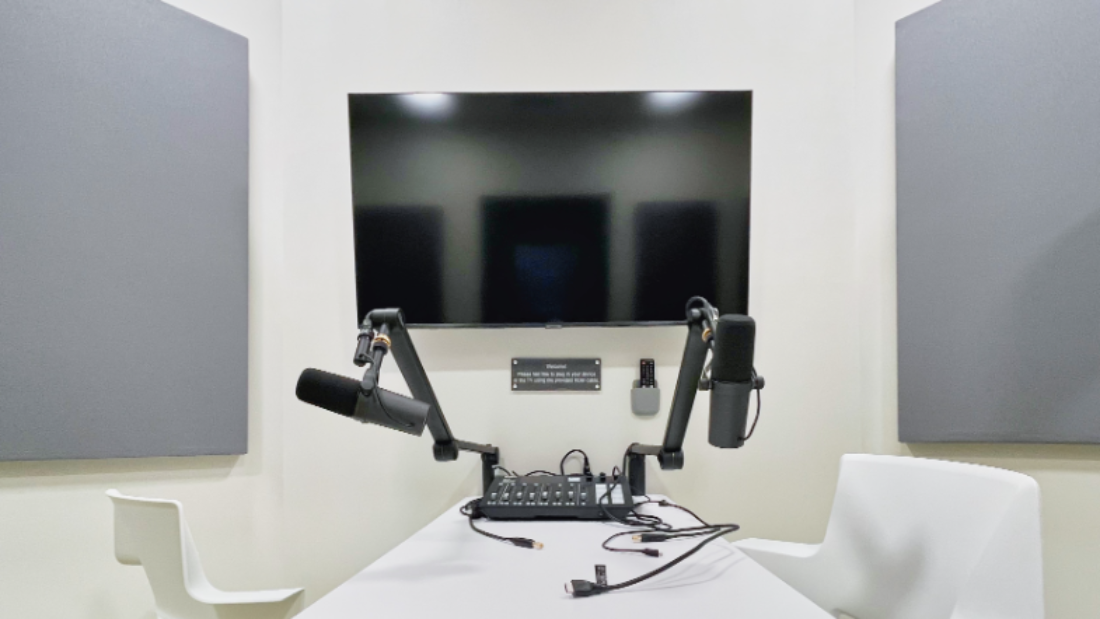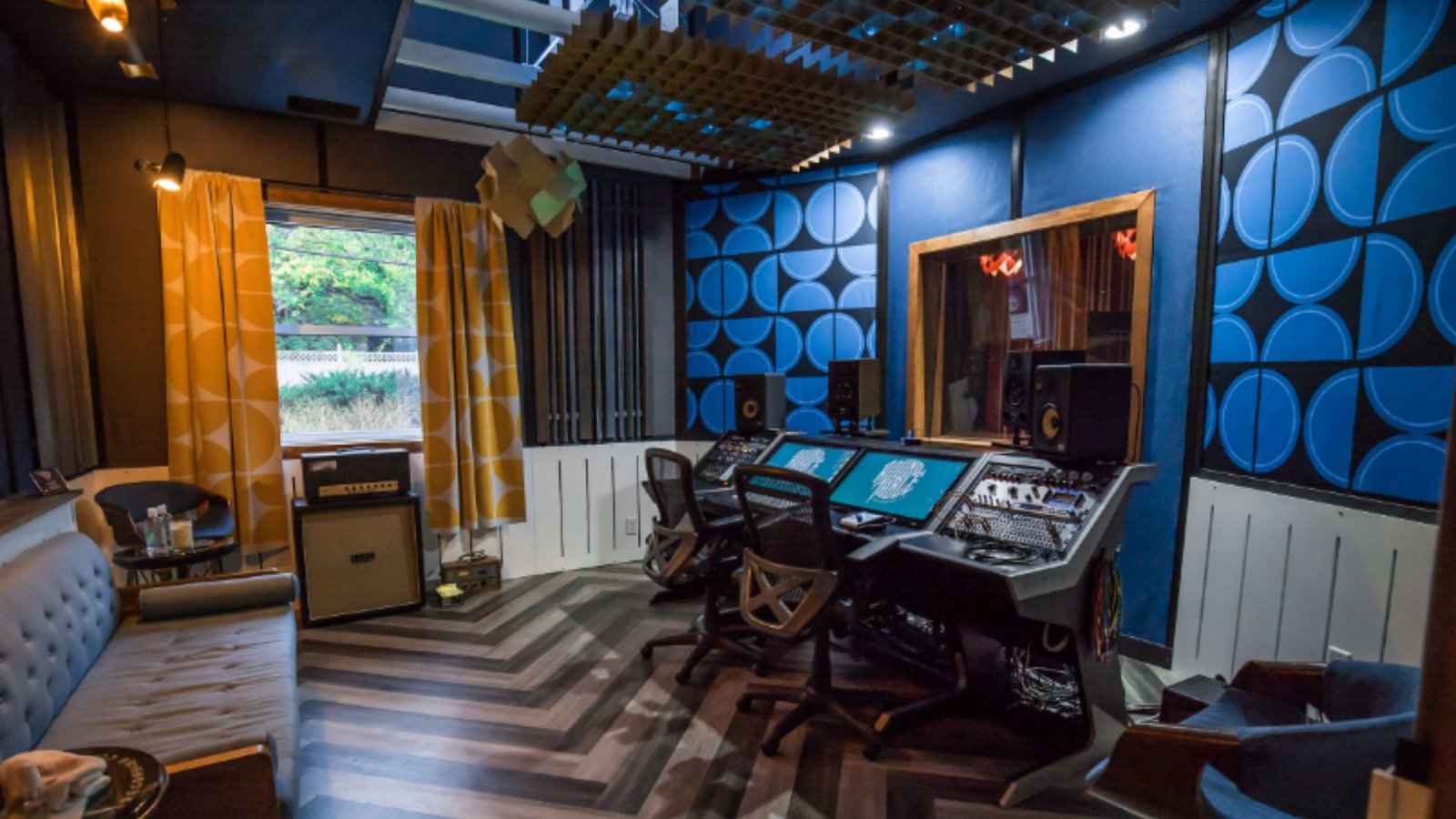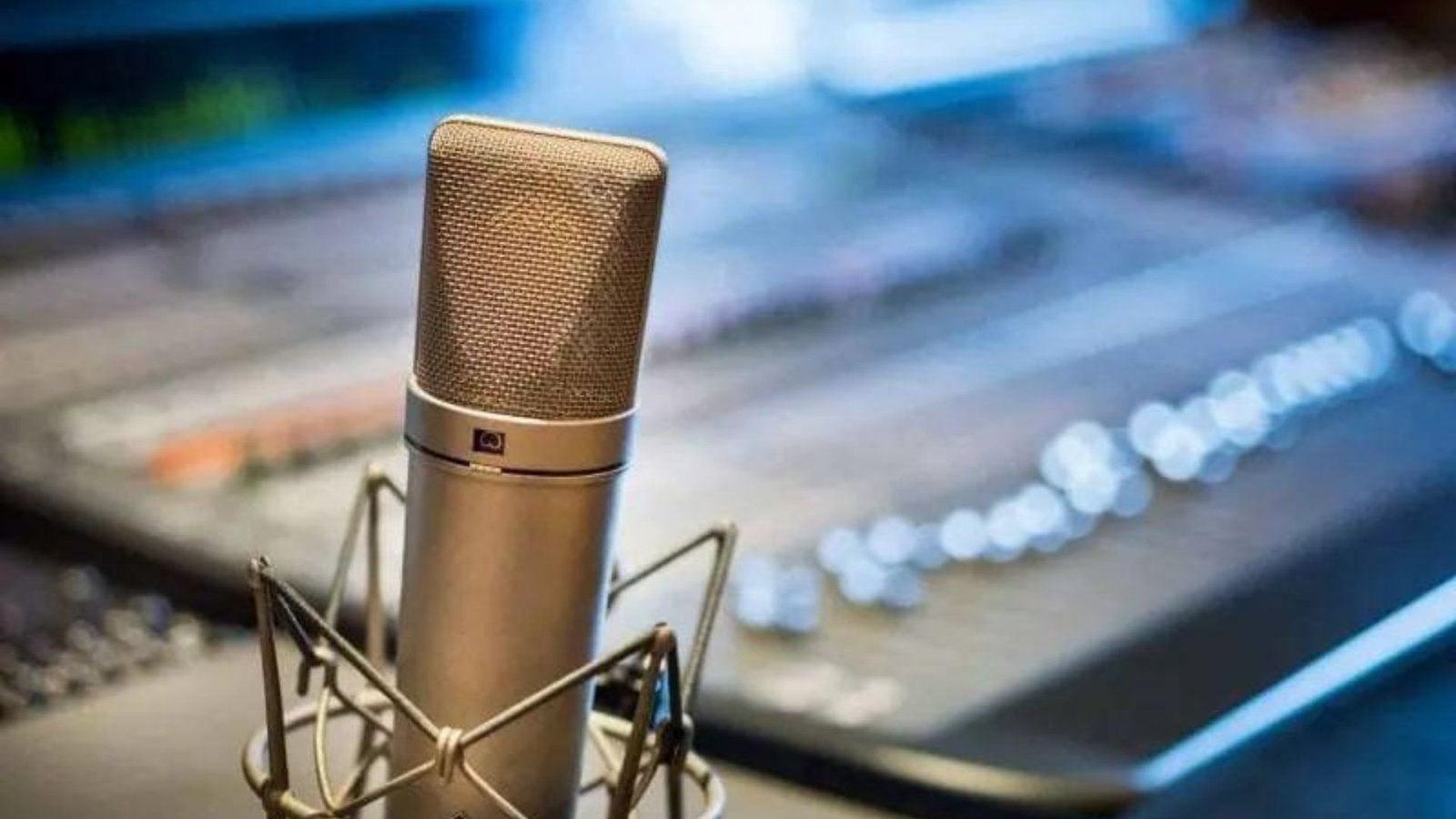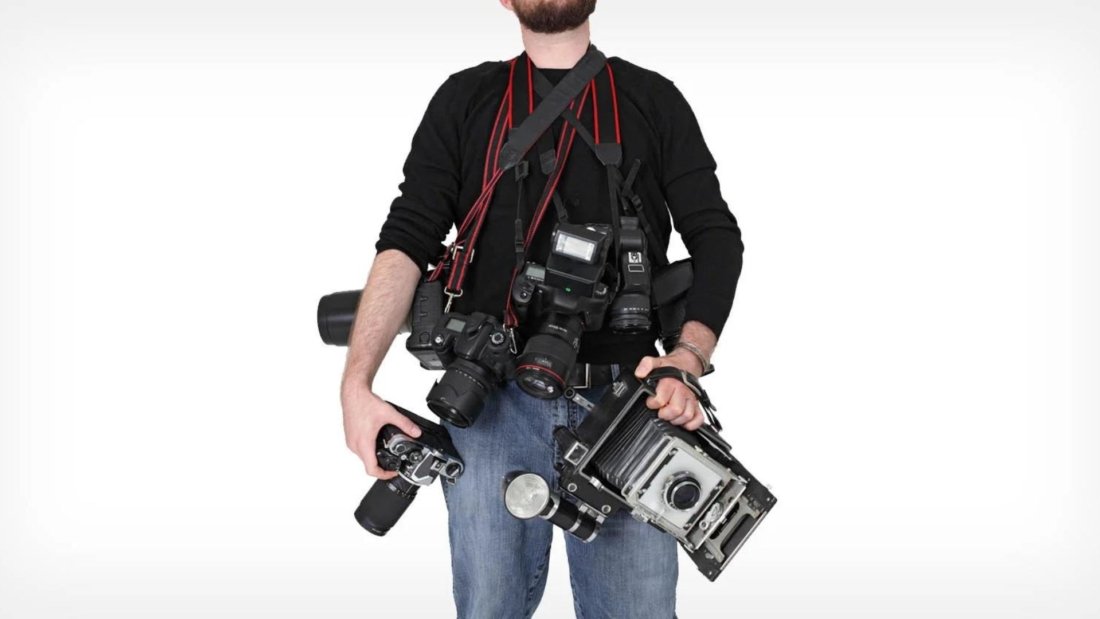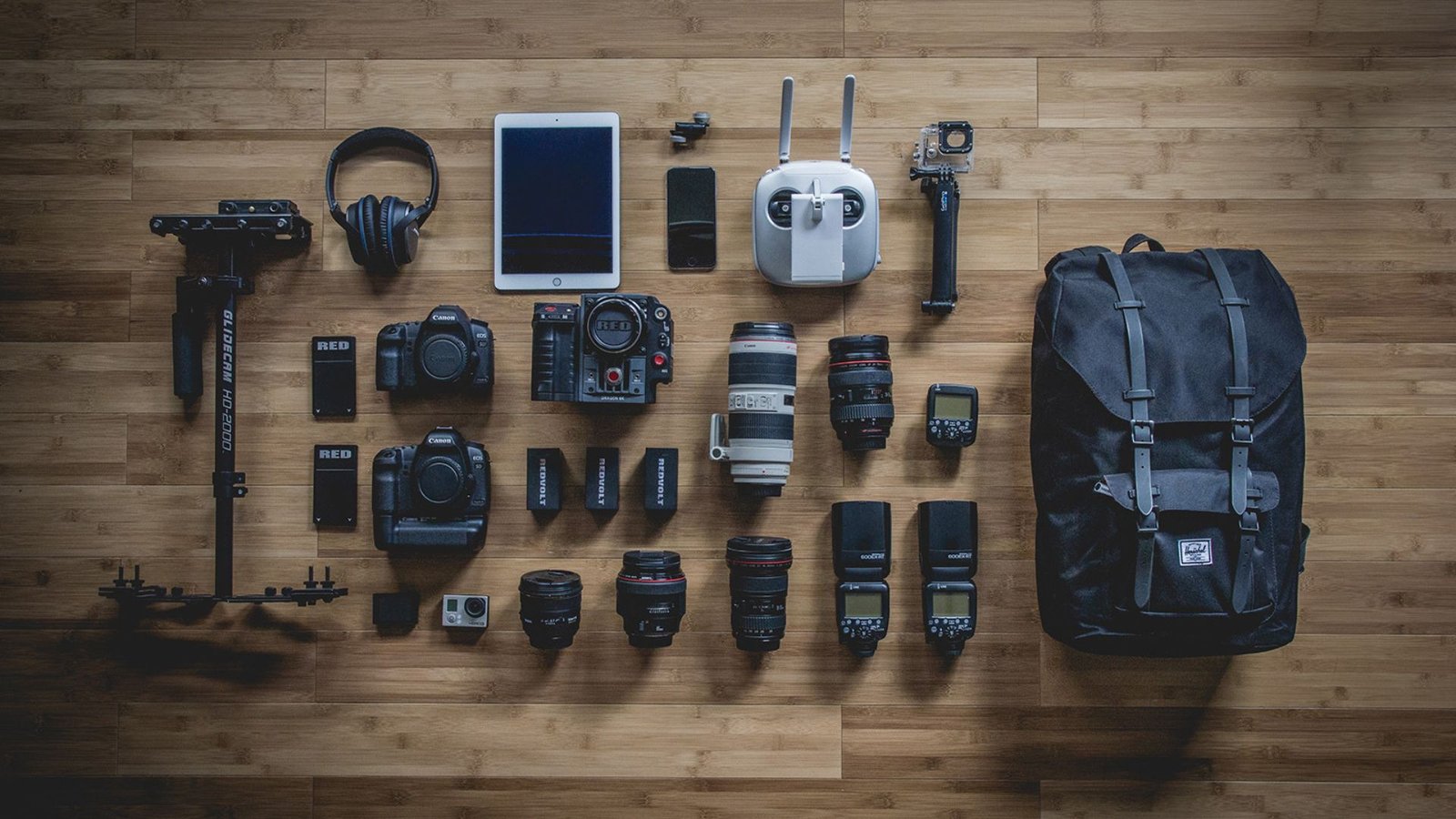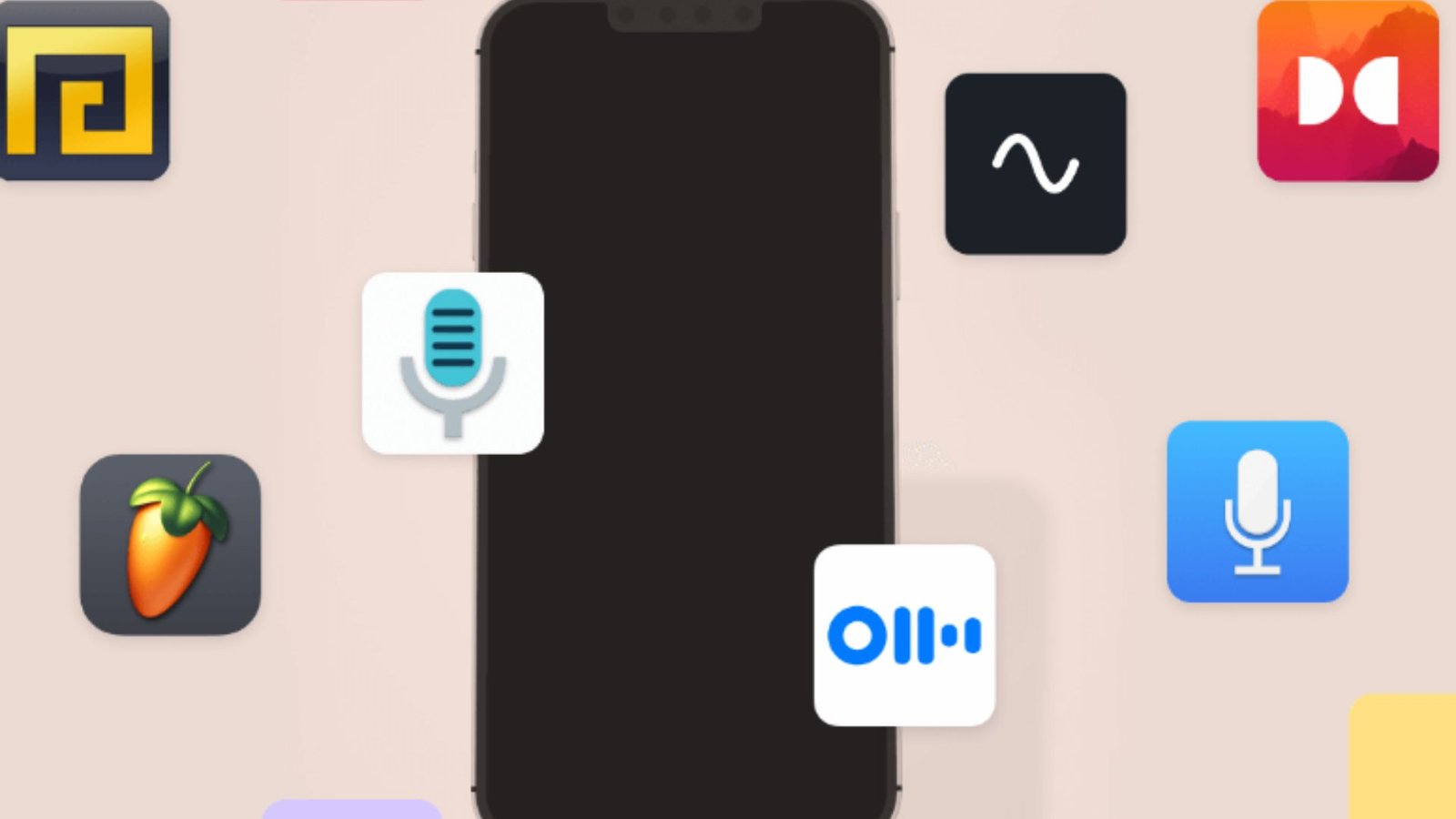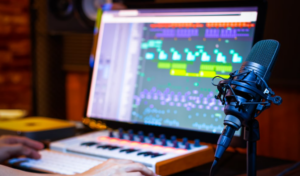Photography is a wonderful art form that allows you to capture moments and express your creativity. Whether you’re a beginner or an experienced photographer, there’s always room for improvement. Here are some simple yet effective ways to improve your photography skills and techniques.

Understand Your Camera
Before you begin snapping pictures, it’s crucial to have a good grasp of how your camera operates. Take a moment to dive into the manual provided with your camera and get to know its ins and outs. Familiarize yourself with the various features, settings, and controls it offers. Learn about key concepts like aperture, shutter speed, and ISO, and understand how they impact your photographs.
The aperture controls the amount of light that enters the camera, affecting depth of field and brightness. Shutter speed determines how long the camera’s sensor is exposed to light, impacting motion blur and sharpness. ISO dictates the camera’s sensitivity to light, influencing image noise and overall brightness. By mastering these fundamental aspects, you’ll gain greater control over your photography, allowing you to capture the perfect shot in any situation.
Practice Regularly
Mastering any skill requires dedication and practice, and photography is no exception. To enhance your photography skills, make it a habit to carry your camera with you everywhere you go. Take advantage of every opportunity to snap photos, whether you’re exploring new places, spending time with friends and family, or simply going about your daily routine. By practising regularly, you’ll become more familiar with your camera’s capabilities and gain confidence in your abilities as a photographer.
Don’t be afraid to experiment with different subjects, compositions, and lighting conditions. Try capturing a variety of scenes, from landscapes and portraits to still life and abstract images. Play around with different angles, perspectives, and focal points to add depth and interest to your photos. Experimenting with lighting can also yield stunning results, so don’t hesitate to shoot in different lighting conditions, such as natural sunlight, golden hour, or artificial light sources.
Learn Composition Techniques
Composition is an essential aspect of photography that can greatly impact the quality of your images. Learn about composition techniques such as the rule of thirds, leading lines, framing, and symmetry. Experiment with these techniques to create visually appealing and well-balanced photographs.
Pay Attention to Lighting
Lighting plays a crucial role in photography. Pay attention to the direction, intensity, and quality of light when taking photos. Experiment with natural light, artificial light, and different times of the day to see how they affect your images. Learn how to use light to your advantage to create mood and atmosphere in your photos.
Study the Work of Others
One of the best ways to improve your visual artistry is by studying the work of other photographers. Look at photos that inspire you and try to understand what makes them compelling. Analyze the composition, lighting, and techniques used by other photographers and apply them to your own work.
Experiment with Editing
Experiment with editing software such as Adobe Lightroom or Photoshop to enhance your photos. Learn basic editing techniques such as adjusting exposure, contrast, colour, and cropping. However, be careful not to overedit your photos, as it can detract from their natural beauty.
Seek Feedback
Don’t be afraid to seek feedback on your photos from friends, family, or fellow photographers. Constructive criticism can help you identify areas for improvement and grow as a photographer. Join photography forums or communities where you can share your work and receive valuable feedback from others.
Push Your Limits
Push yourself to experiment with different genres of photography, subjects, and techniques. Taking risks and challenging yourself will help you grow and expand your photography skills.
Stay Inspired
Stay inspired and motivated by surrounding yourself with things that ignite your passion for photography. Whether it’s exploring new places, attending photography exhibitions, or connecting with other photographers, find what inspires you and incorporate it into your photography journey.
Practice Patience
Improving your photography skills takes time and patience. Keep practising, experimenting, and learning from your mistakes. With dedication and perseverance, you’ll continue to grow and improve as a photographer.
Final Thoughts
In conclusion, improving your photography skills is a journey that requires dedication, practice, and a willingness to learn. By following these tips and incorporating them into your photography practice, you’ll gradually become a better photographer and capture stunning images that truly reflect your creativity and passion for photography.

